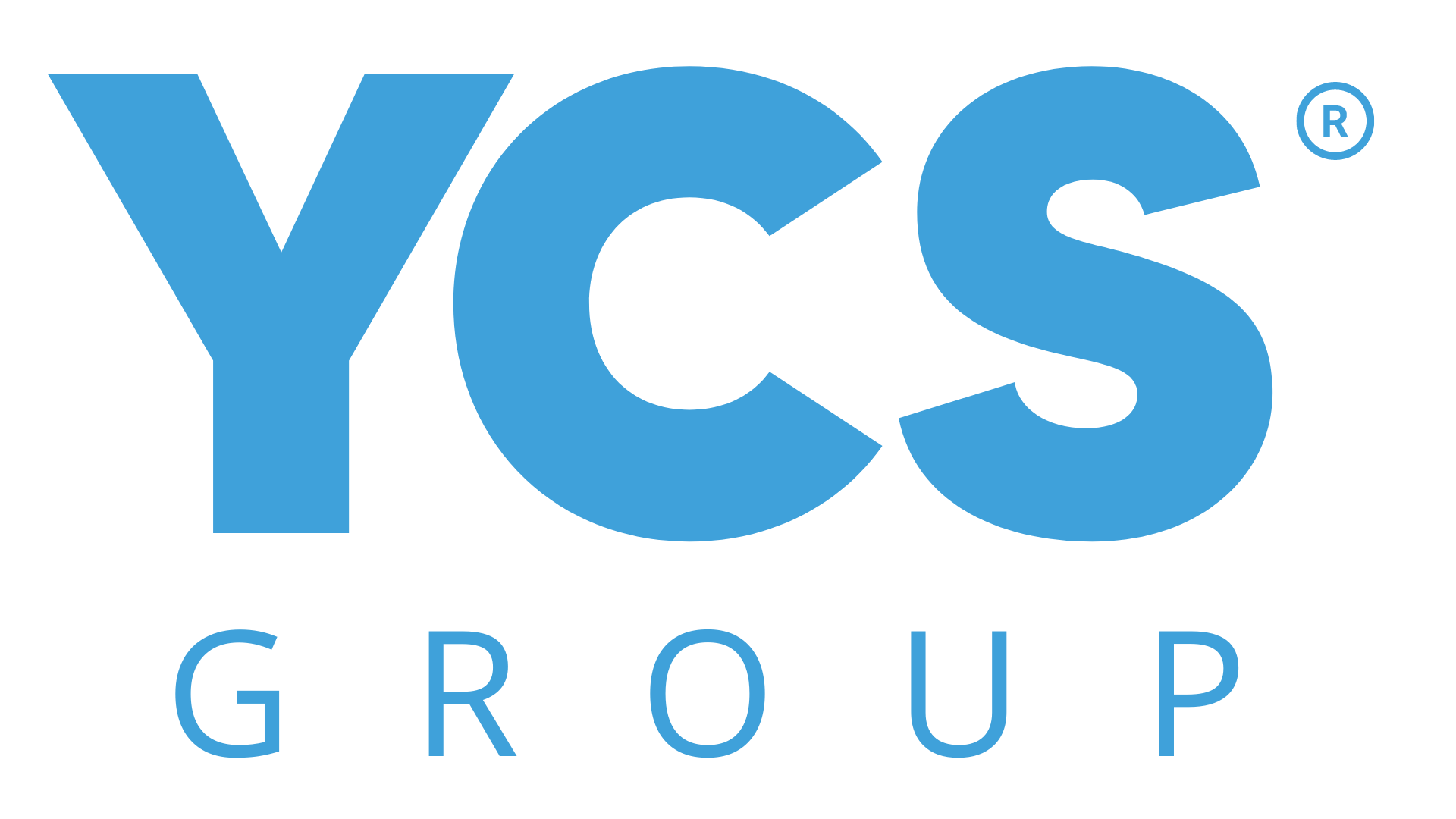
Millennials and baby boomers alike have become social media warriors, posting, tweeting, and hashtagging just about everything. When positive, these virtual interactions are free advertising for businesses; a loyal customer can become a brand spokesperson that inspires friends and family to not only use your services, but also become loyal customers. There are many statistics suited to every business size, but a good rule of thumb according to the Gartner Group is that 80% of a company’s future revenue will come from 20% of its current customers (as cited in forbes.com, 2012). Creating customer loyalty appears to be the answer to success, but loyalty is like respect — you have to earn it and it’s not as easy as one would think.
The Cost of Customer Loyalty
The cost of creating customer loyalty should not be viewed as an extraneous cost but more so as an investment into the lifetime value of your company. There are multiple equations and philosophies associated with calculating customer loyalty but creating “it” is sometimes difficult to achieve. The Corporate Executive Board (CBE) launched an extensive study in an attempt to understand customer loyalty and after 97,000 customer interviews, the results concluded that customers became loyal if their expectations were consistently met with quality service in both the digital as well as the brick and mortar space (as cited by Zendesk, 2015). That statement is worth repeating: consistently meeting their expectations equals loyalty.

Image source: CEB Effortless Experience as cited by Zendesk, 2015.
Consistency means the customer feels welcome, has a positive experience worth sharing, saves money or receives deals and most importantly, experiences zero frustration when receiving the product.
The Cost of Customer Acquisition
The cost of customer acquisition (CAC) is inclusive of research, marketing, sales, staff, product cost, etc., and if you have a balanced business model should equal a lesser value than the customer’s lifetime value (LTV).
- Acquiring new customers can cost as much as five times more than satisfying and retaining current customers
- A 2% increase in customer retention has the same effect as decreasing costs by 10%
- Depending on the industry, reducing your customer defection rate by 5% can increase your profitability by 25 to 125%
- Customer profitability tends to increase over the life of a retained customer
Source: Leading on the Edge of Chaos as cited by bautomation.com, 2010.
The cost of customer loyalty vs. customer acquisition is part of the important economics for any entrepreneur or business. The holy grail of business success lies somewhere between a company’s ability to understand customer expectations, have a robust customer service team, competitive pricing and the humility of knowing how to separate perception from reality.
Need help creating your customized customer loyalty vs. customer acquisition solution? Contact YCS Group: the leaders in digital consumer rewards and loyalty programs. YCS Group is uniquely positioned to engage customers during all stages of the customer lifecycle that begins with the acquisition and ends with loyalty; problem solved.
For more information please contact us at info@ycsgroupllc.com
